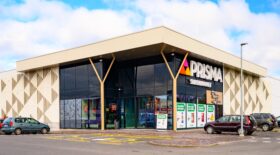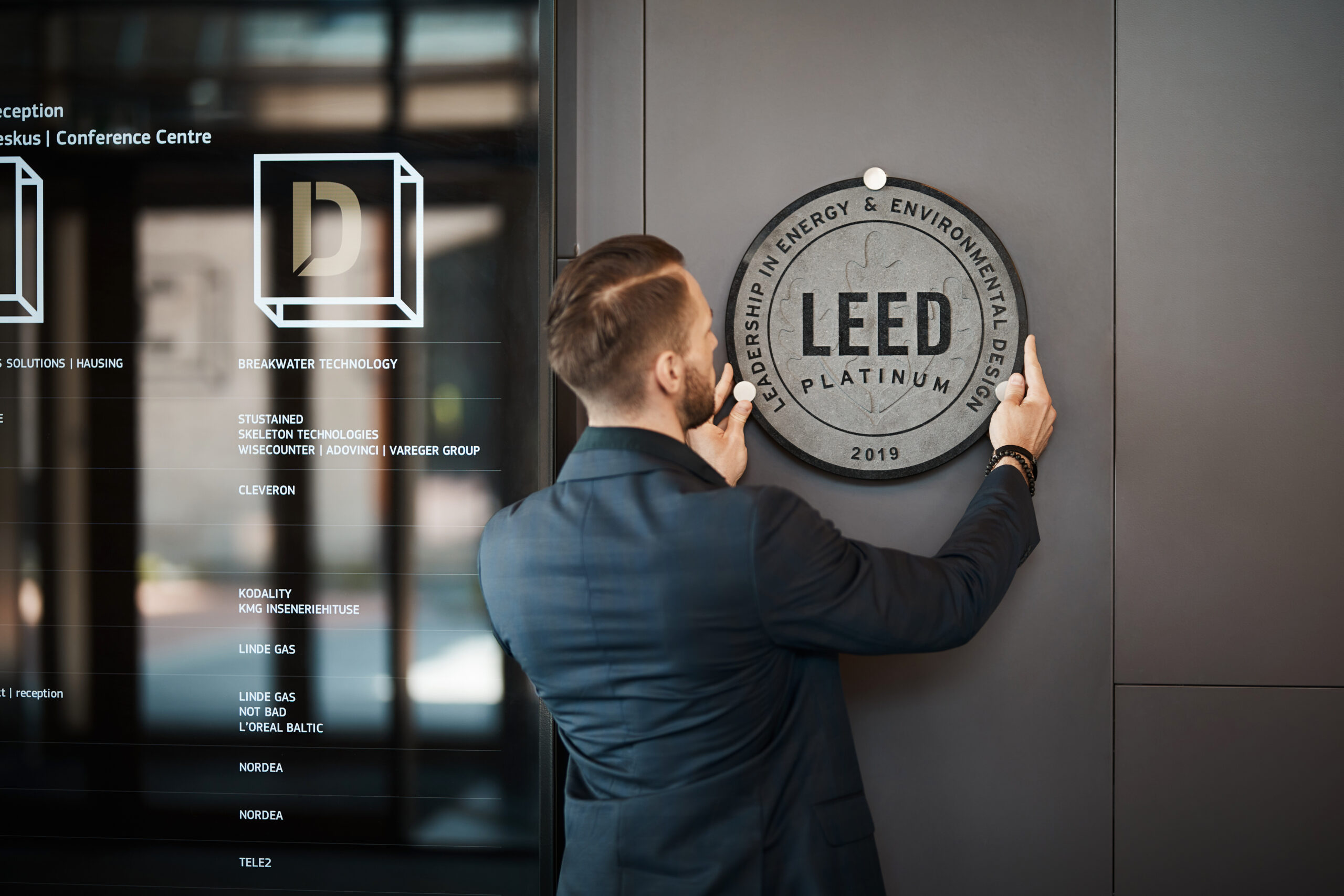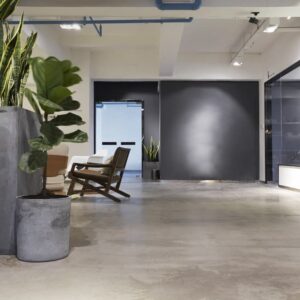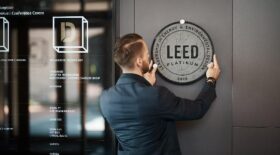Forus helped the first supermarkets in the Baltics obtain LEED certificates

Did you know that buildings in the EU consume 40% of all energy, 50% of which is consumed inefficiently? In addition, about 40% of CO2 emissions are related to buildings or construction. In Estonia, up to 50% of energy is consumed by buildings.
We already have the knowledge and solutions for reducing the energy consumption and administrative costs of buildings considerably.
Energy efficiency is a topic that is increasingly important for our clients. We help and advise our clients daily. They contact us to enquire about the LEED certificate (‘green certificate’) and invite us to conduct energy efficiency and energy label calculations as well as assess the quality of indoor climate on location.
We know based on experience that very small steps bring huge benefits.

Demand for high quality and energy-efficient premises remains high. Tenants want to offer the best enjoyable working environment to their employees.
The Member States of the European Union must achieve climate neutrality by 2050.
In the next few years, the state, local municipalities, and the private sector face the huge challenge of reconstructing the existing building stock. For example, all apartment buildings must be upgraded to energy class C as a minimum.
Energy-efficient buildings are our future and requirements to houses still being designed as well as the existing ones are increasingly strict.
Forus can help you! Our Energy Efficiency Department has highly regarded licensed specialists who are eager to help you as a client to make your building energy-efficient, reduce administrative costs, and ensure that your activities are eco-friendly.



